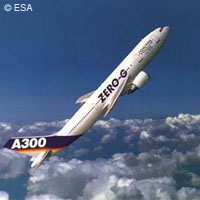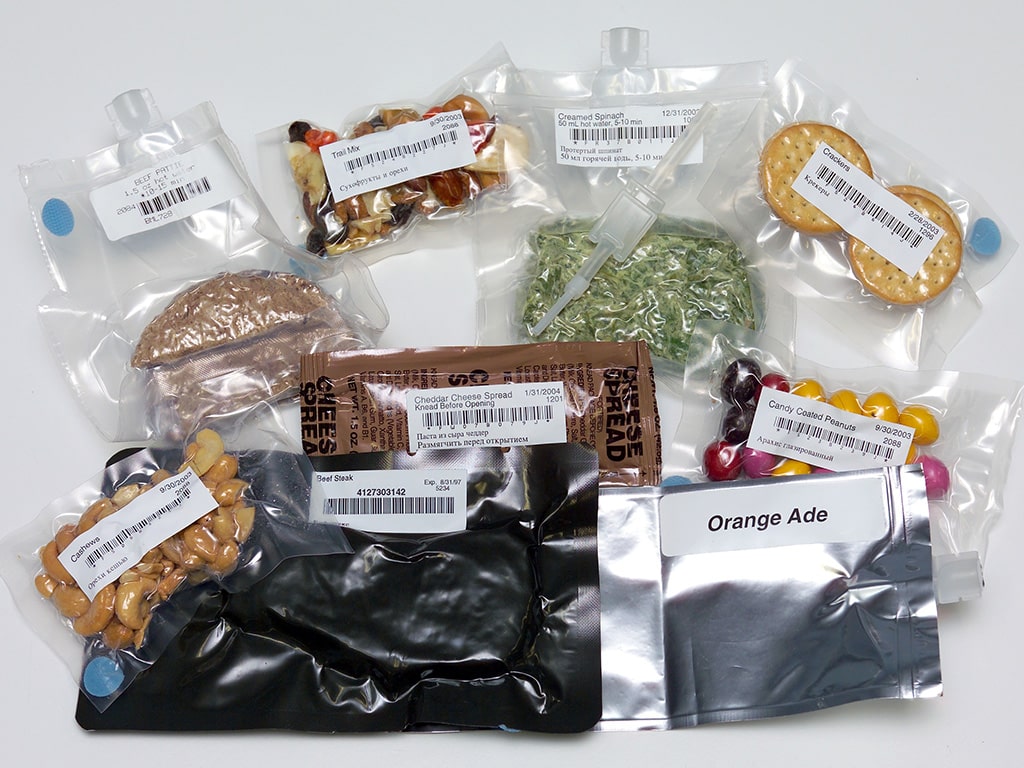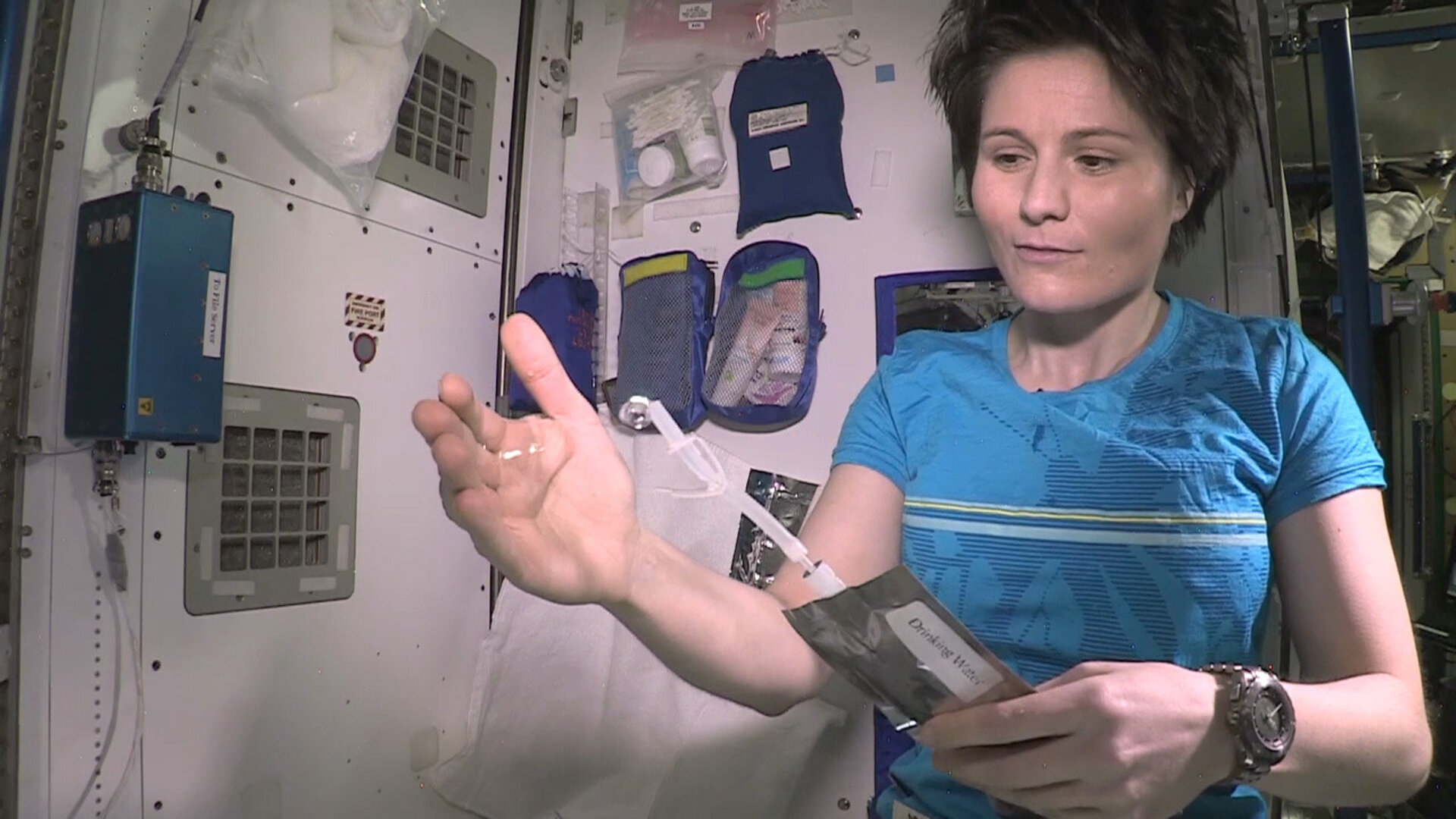Becoming an Astronaut- an overview
Being an astronaut comes with its own unique privileges, specifically bragging privileges. Astronauts are some of the only people who have set foot somewhere that is NOT Earth, (The ISS may have been built on Earth, but it is still hanging in space) which is something most of us would never do.
But maybe you are not one of those people. You probably don't want to go only for the bragging rights, but because you want to explore space yourself, experience it unfiltered, and not just watch videos about it.
You want to GO to space. Feel it, believe it and see it!
Well, if that is you, you're in luck! Today, we are going to dive into the life of an astronaut and the journey that enabled them to explore space. But since astronauts don't just pop out of the ground completely ready to explore, they must go through rigorous training, with many phases to their life, beginning with their selection and training to their eventual space mission. It is a hard road, but not an impossible one. And maybe, that road starts here.
The information that I am going to share today is partly based on an online talk hosted by Nehru Planetarium (linked below👇) The speaker was Mr. Shrishail Raut, a space engineer and a PhD student studying space satellite geodesy at GFZ German Research Centre for Geosciences.
Let us get the definitions out of the way first. According to Wikipedia, an astronaut is a person who is trained, equipped, and deployed by a human spaceflight program (the most prominent example is NASA) to serve as a commander or crew member aboard a spacecraft. Astronauts are called by other names outside America, such as Vyomanauts in India and cosmonauts in Russia (Soviet Union).
An astronaut in space
Image credit: wikipedia.org
A brief history of space exploration
If you're curious, you might ask, when did space exploration even start? Here is a brief overview-
Human space exploration began in the Cold War era with the advent of the Space Race. Laika became the first dog to orbit the Earth on 3 November 1957. The Soviet Union sent the first man (Yuri Gagarin) and the first woman (Valentina Tereshkova) to space in 1961 and 1963 respectively. Squadron leader Rakesh Sharma was the first Indian to go to space as a part of Soviet space program.
The US, not wanting to fall behind, sent their first man to space, Alan B. Shepard and the first men to the moon aboard Apollo 11- Neil Armstrong, Buzz Aldrin, and Michael Collins.
In total less than 300 people have been to space from a total of 41 countries . Only 12 have been to the Moon, all of whom are American. However, countries like India and China have plans to send their own astronauts to space and to the Moon through their space programs soon.
Going to space is not as simple as packing for an overseas voyage. An astronaut must go through rigorous training to ensure that they are able to adjust to the new regime, changed timings and difference in their apparent weight in space. Even their sleep-wake cycle, called the Circadian Rhythm will change.
The training requires both physical and mental endurance, including important life skills like cooperation and will to succeed (If you're here you already have the last two with you!)
The training also ensures that they can perform their functions well without any errors. As daunting as it might sound, an astronaut’s mantra is always “We must fail down here so that we don’t fail up there.”
Astronaut training:
Basic training
This includes learning two languages- English and Russian, as well as basic medicine and first aid. The astronauts must be able to administer CPR in case of a heart attack. They must also be proficient in robotics and piloting and even basic concepts of space engineering.
Advanced training
This includes mission specific training, such as important systems in the spacecraft as well as knowledge pertaining to future missions.
Other mission specific training
Onboard training
Proficiency maintenance training
Other training:
Zero G flights
These flights help astronauts to get used to microgravity conditions in space.
A Zero-G flight
Image credit: esa.int
Buoyancy training
This is conducted in large floatation tanks which simulate microgravity conditions in space.
Neutral buoyancy simulation
Image credit: wikipedia.org
Vestibular training
Astronauts must undergo this training to enhance their balance and coordination. There is a fluid called endolymph present in the cochlea of the inner ear that helps us maintain our balance. In space, this fluid is perpetually suspended, which can cause vertigo, loss of balance, dizziness, motion sickness and confusion.
Human centrifuge
This particular training is for conducting psychological tests to determine if astronauts can withstand the effects of high acceleration that is common in spaceflight.
Physiological effects of spaceflight:
Vestibular system (Orientation)
Endolymph present in the inner ear remains suspended in Zero G causing motion sickness in astronauts and leads to dizziness and light headedness when they finally come back to Earth.
Circulatory system
The cardiac muscles shrink because the heart does not have to work as hard to pump blood all over the body in a zero G environment as compared to Earth. The blood collects in the upper body- in the neck and the brain, causing local swelling in the region. The blood pressure also changes.
Muscular and skeletal system
The muscles and bones atrophy due to less usage and because there is not much pressure on muscles and bones in a zero G environment. Thus, muscles shrink, and the bones suffer mineral loss. Astronauts lose 1-2% of their bone density in a month, whereas people on Earth lose the same amount of bone density in over a year. To prevent this as much as possible astronauts must exercise regularly and consistently and they have a very strict exercise regimen to stay fit.
Sensory motor system
We usually have good coordination between our hands and the objects in our immediate environment that we use to carry out certain activities. In space this relation between an object and one’s hands is altered as less force is needed to pick up objects in zero G. This causes a lot of cognitive dissonance in astronauts which is why it takes them months to get back to normal after prolonged spaceflight.
What happens during lift-off?
Rockets launch with a huge amount of thrust, in order to achieve orbital velocity- i.e. they go from 0 to 28,163 km/hrs in under 10 minutes. Due to the huge accelerations involved, astronauts seated in the cabin experience a crushing pressure on their chest and find it difficult to breathe as they lie back and the rocket accelerates. An astronaut experiences 2g-3g force in a matter of 8 minutes.
The life of an astronaut aboard a space shuttle or the ISS
- At 6:00h UTC the astronauts get a wakeup call from the ground.
- Post sleep of 1.5 hrs- Freshening up and starting the workday.
- Crew preparation (45 min)- Crew prepare themselves for the work they have to do.
- Daily Planning Conference (30 min)- Planning main tasks to be done
- Work (4 hrs)- Experiments to be conducted, space walks, etc.
- Lunch (1 hr)
- Work (2 hrs)- Second work shift
- Fitness and physical training (2.5 hrs, including the set up and hygiene)
- Crew preparation (45 min)
- Daily planning conference (30 min)
- Pre-sleep (2 hrs)- Activities to be done before the end of the day
- At 21:30h UTC, astronauts finally sleep
Extra Vehicular Activity
Extra Vehicular Activities consist of space walks on the ISS outside to conduct experiments in the vacuum of space or conduct repair works.
A spacewalk
Image credit: nasa.gov
What about food in space?
The food given to astronauts in space is natural, fresh, and healthy but is dehydrated, pre-packaged and thermostabilized to prevent it from going rancid. The food is rehydratable, so water can be added to food before it is consumed. All meat is irradiated to keep astronauts safe from bacteria and other microbes that may cause infection. The food is heated and then consumed.
What about water?
Due to a microgravity environment, the water does not flow like it does here on Earth. It is held together in small globules due to surface tension. Water is contained in small pouches instead of bottles. The water is recycled from urine.
Water exists in small tightly bound globules in space
Image credit: esa.int
Space Hygiene: More about the Waste Collection System [WCS]
There is a small toilet on the ISS, and astronauts must be trained to use it well. All waste is freeze dried to be brought back to Earth. The water is recycled from urine.
For showering, small pouches of water and liquid soap are provided, which must be used carefully. It is not possible to take a proper bath in space though, so it is important to maintain good personal hygiene as much as possible, such as brushing teeth, and taking care of hair and skin.
Physical training and Exercise
Exercise is non-negotiable for an astronaut. An astronaut must exercise every day to prevent bone and muscle atrophy which is already taking place at an accelerated rate. NASA has developed the ARED or Advanced Resistive Exercise Device to allow for more intense workouts for astronauts in a zero G environment. Treadmills are used with a harness system to simulate gravity.
Sleep? How do astronauts catch up on the ZZ’s?
There are no beds in space. Instead, astronauts use sleeping bags with harnesses and chords that are attached to the space station, so that they don’t float around in random directions. It doesn’t matter what orientation astronauts are sleeping in. There are small crew cabins where their sleeping quarters are also present.
Leisure activities
It is important for astronauts to have some down time to ensure their mental health and overall wellbeing. They can bring their books, movies, musical instruments along with and pursue their hobbies. They can contact their friends and family through email and even make calls.
Landing safely on Earth
The astronauts place themselves in the Soyuz capsule which detaches from the ISS to fall back down to Earth. After a successful re-entry into the Earth’s atmosphere, parachutes are deployed to slow down the capsule which then falls into the ocean or touches down on land. The astronauts are then helped out of their capsules.
The astronauts suddenly feel very heavy (as gravity kicks in) and find it difficult to stand and walk for a day or two. They experience nausea, dizziness, vertigo, and vision issues as their bodies readjust to gravity and the Earth environment.
India's Gaganyaan mission!
India’s Gaganyaan mission is intended for human spaceflight program. It was started in 2017 and aims to launch an unmanned space shuttle in June 2022, and then launch a manned space shuttle in 2023 which has a 3-member crew capacity.
So there you go! The life of an astronaut may not be easy but is certainly very rewarding, and in my opinion, it is VERY worth it.











Comments
Post a Comment